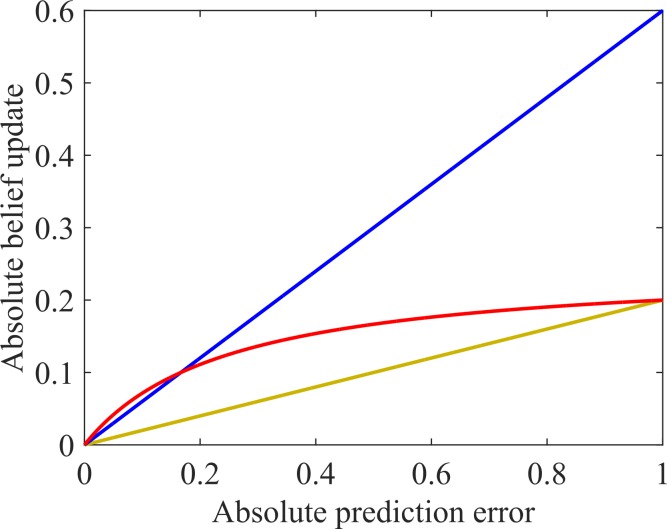Fig 1. Relationship between prediction error (x-axis) and belief update (y-axis).
Linear relationships with a high learning rate in blue and with low learning rate in yellow, non-linear relationship in red. We can see that although achieving a resilience against irrelevant information (attenuation of high prediction errors) comparable to the slow-learning agent in yellow, the non-linear red agent learns from small prediction errors similarly to the fast learning blue agent. Two hypotheses regarding the learning alterations that lead to hasty inferences and psychotic experiences may be suggested: Firstly, increased psychosis-proneness might be linked to a generally increased learning speed that predisposes for unfounded cognitive and perceptual inferences. According to this hypothesis, a psychosis-prone individual would behave like the blue as compared to the yellow agent (i.e., show an increased learning rate). Secondly, psychosis-proneness might be linked to a specifically decreased attenuation of large prediction errors (that can be interpreted as a reduced resilience against irrelevant and strongly surprising noise information). According to this hypothesis, a psychosis-prone individual would behave like the blue as compared to the red agent (i.e., show a decreased non-linearity of the relationship between prediction error and learning).

